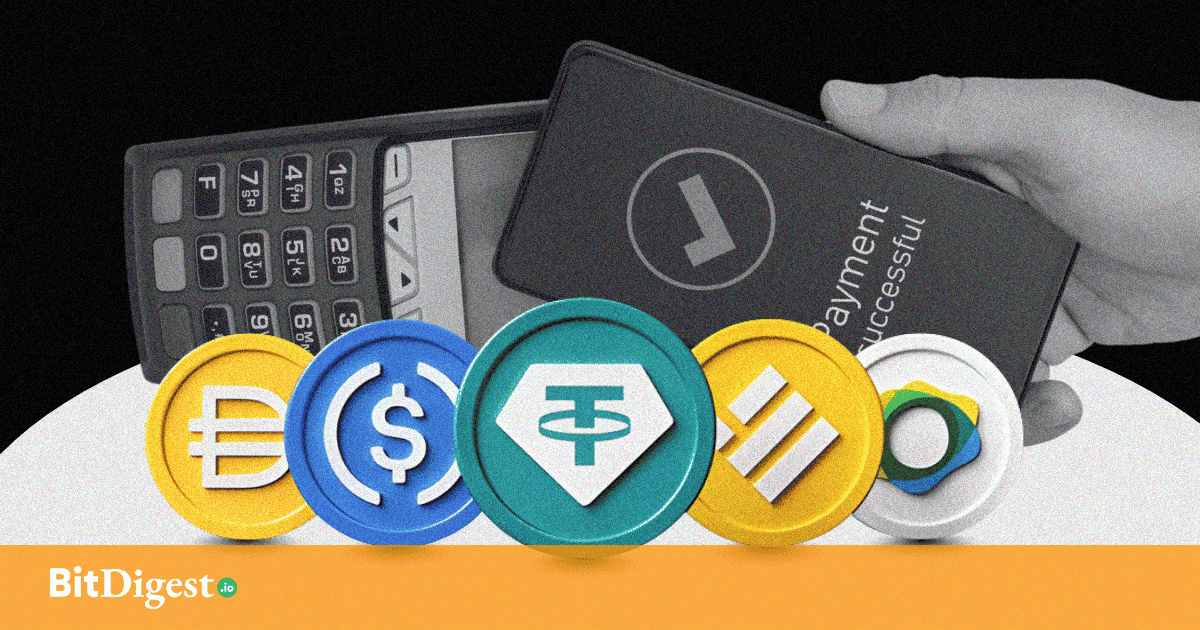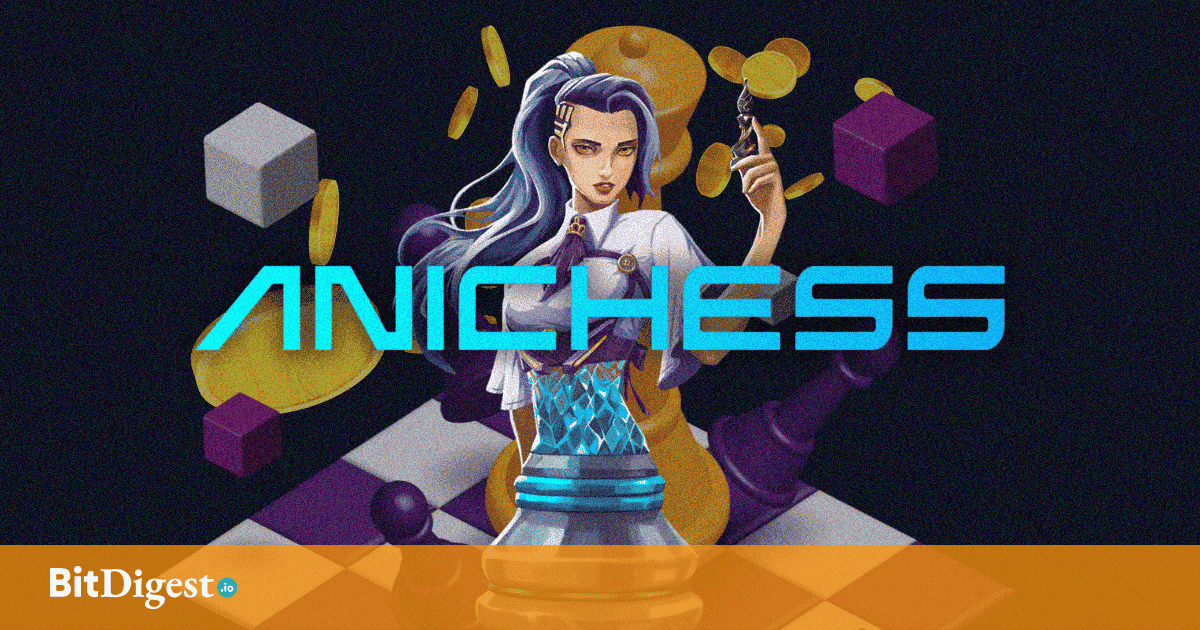How Stablecoins Are Quietly Entering Mainstream Payments
Stablecoins have long promised to bring crypto beyond speculation and into the real economy. But despite their growing role in decentralized finance, adoption in everyday retail transactions remains limited. Now, a new pilot in Singapore aims to change that, and it could set the tone for future crypto-to-fiat payment systems globally.
The Experiment: Stablecoin Payments via GrabPay Merchants
One latest example of strategic moves to test real-world crypto utility is OKX Singapore launching a pilot allowing users to pay local GrabPay merchants using USDT or USDC stablecoins. No separate wallet app is required. Instead, users simply scan a QR code and authorize payment directly from their OKX app balance. On the merchant side, funds are settled in Singapore dollars (SGD) seamlessly.
This effectively removes the crypto-fiat barrier for end users. There's no conversion hassle, no switching between apps, and no new onboarding processes for merchants. Crypto users can now pay for goods and services using their existing digital assets, while merchants receive fiat instantly, no exposure to crypto volatility.
Why This Matters: Stablecoins Are Trying to Prove Their Everyday Utility
OKX’s new integration builds on an increasingly important narrative: that stablecoins can offer frictionless, borderless payments without subjecting users to the volatility of traditional crypto assets. In this case, OKX users in Singapore can now top up a GrabPay wallet using stablecoins via the OKX app, and then spend that value on real-world goods and services, ranging from ride-hailing and food delivery to in-store retail.
This isn’t the first time digital wallets have integrated with crypto platforms, but what’s notable here is the direct coupling of stablecoins with an already-dominant mobile payment network in a highly regulated environment. In Singapore, GrabPay is accepted at thousands of locations and is already a staple in local commerce. The partnership essentially allows users to treat stablecoins as everyday currency without needing to convert back to fiat first.
Instead of making crypto payments directly at point-of-sale, the pilot uses a two-step model:
First, OKX users in Singapore select a stablecoin (currently USDT or USDC) from their app wallet. This amount is then seamlessly transferred to their linked GrabPay wallet through OKX’s fiat gateway or P2P conversion system. Once the balance is reflected in GrabPay, users can spend as they normally would.
This structure ensures compliance with local regulations while using stablecoins primarily as a backend payment rail. It also lowers the barrier for mainstream adoption, as merchants don’t need to adopt new systems or hold volatile assets.
A Template for Broader Adoption?
Singapore has long positioned itself as a controlled sandbox for financial innovation. With the Monetary Authority of Singapore (MAS) actively exploring use cases for digital money—from CBDCs to tokenized deposits—OKX’s pilot is well-aligned with the country’s forward-leaning stance on regulated crypto finance.
If successful, this initiative could inspire similar integrations across the region, particularly in cities where mobile payments are widespread but crypto remains abstract. The true significance may lie in demonstrating a compliance-first model that fuses centralized fintech infrastructure with decentralized assets.
Other jurisdictions may also look to this example as a low-risk entry point into stablecoin-powered finance. By allowing users to keep their assets in token form until conversion at point-of-use, the system leverages blockchain’s efficiency while maintaining the consumer protections of existing payment networks.
.svg)


.svg) SHARE TO FACEBOOK
SHARE TO FACEBOOK SHARE TO TWITTER/X
SHARE TO TWITTER/X SHARE TO LINKEDIN
SHARE TO LINKEDIN SEND TO MAIL
SEND TO MAIL





.svg)


.svg)